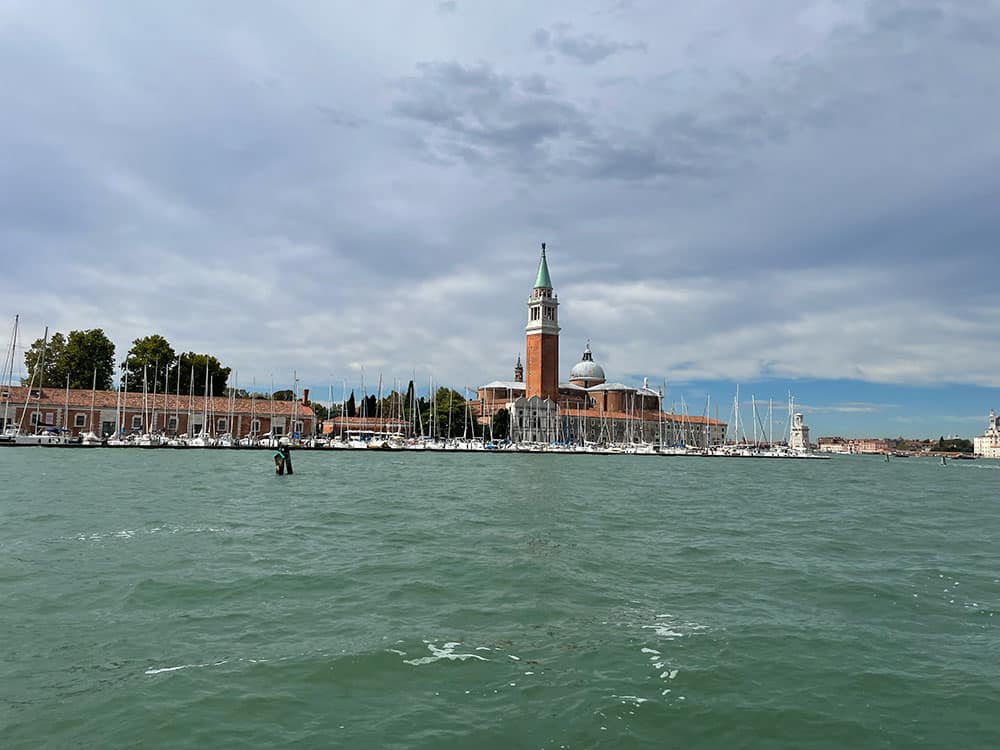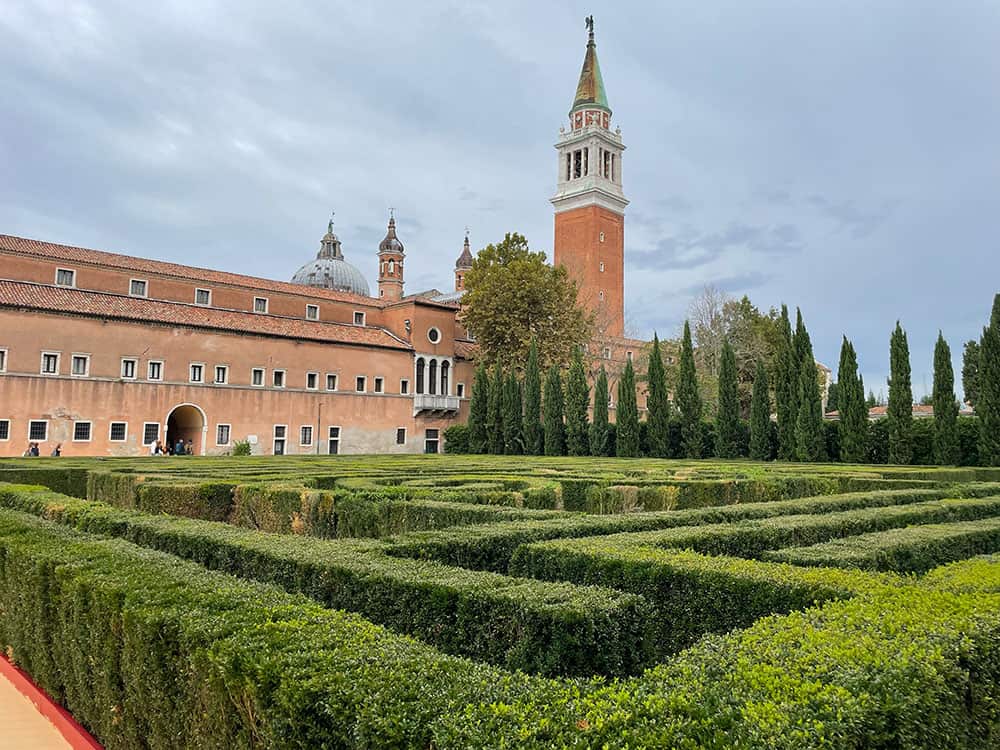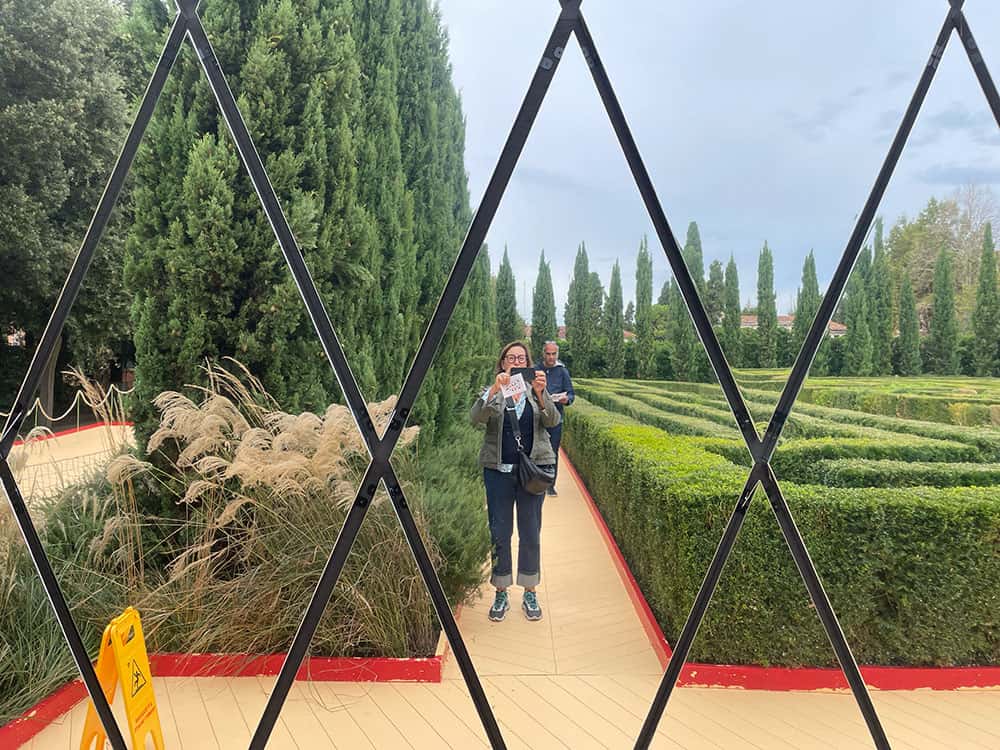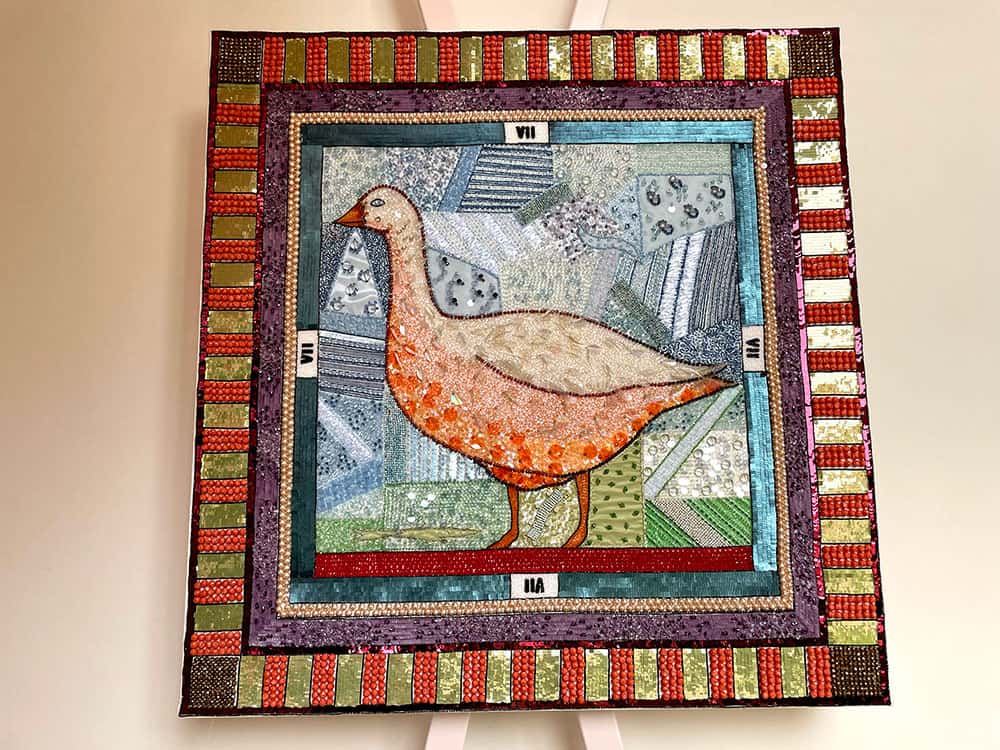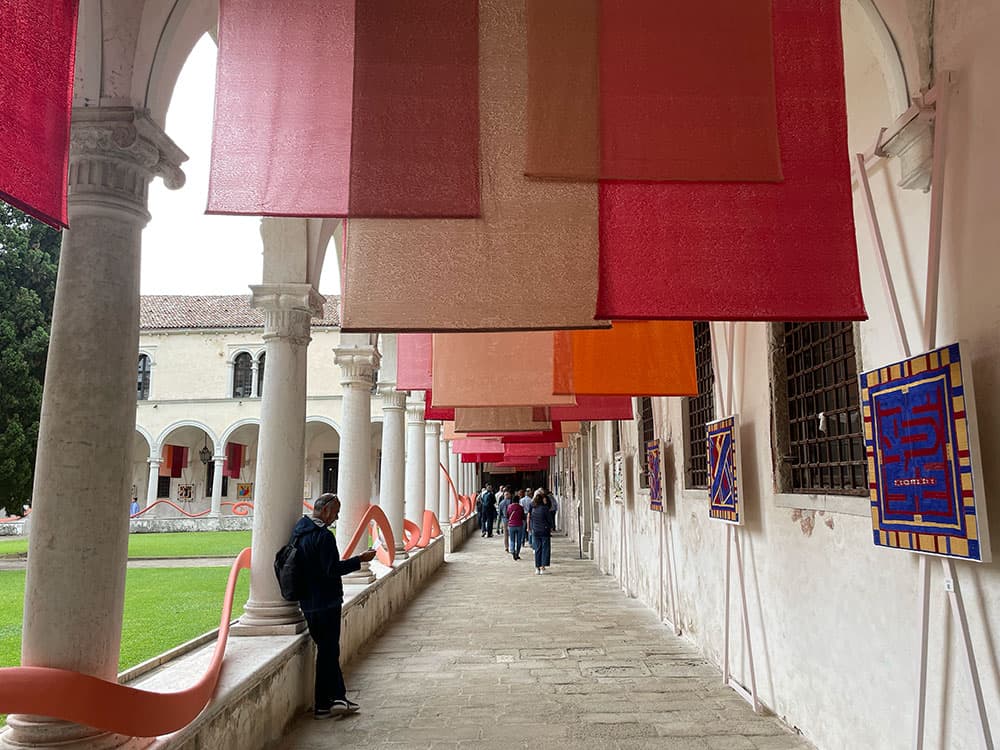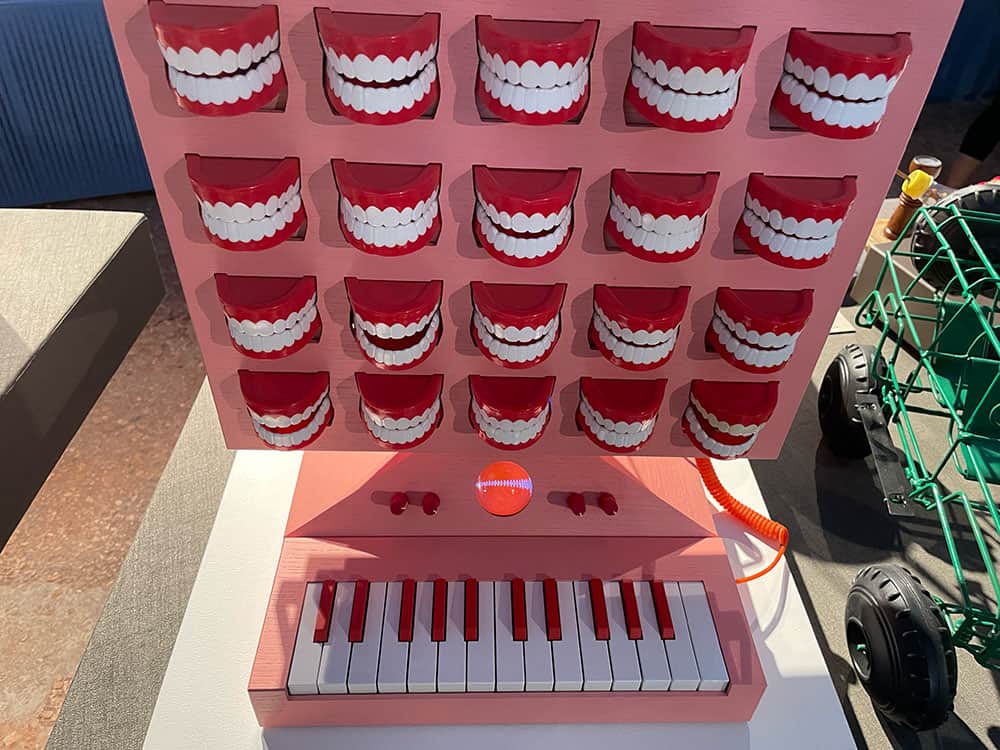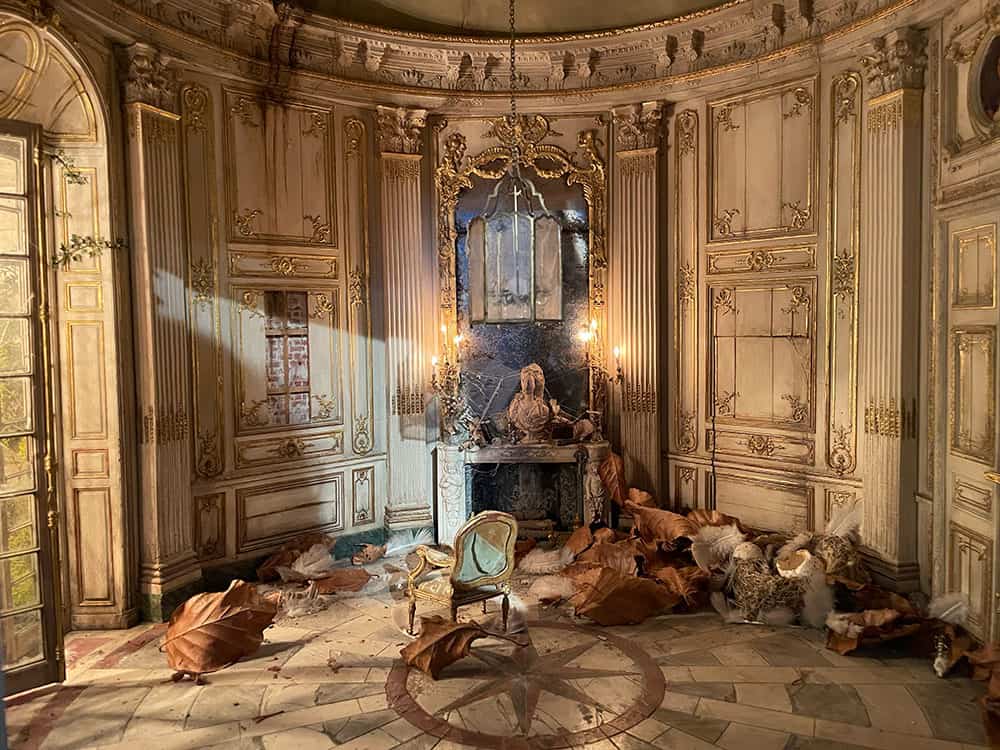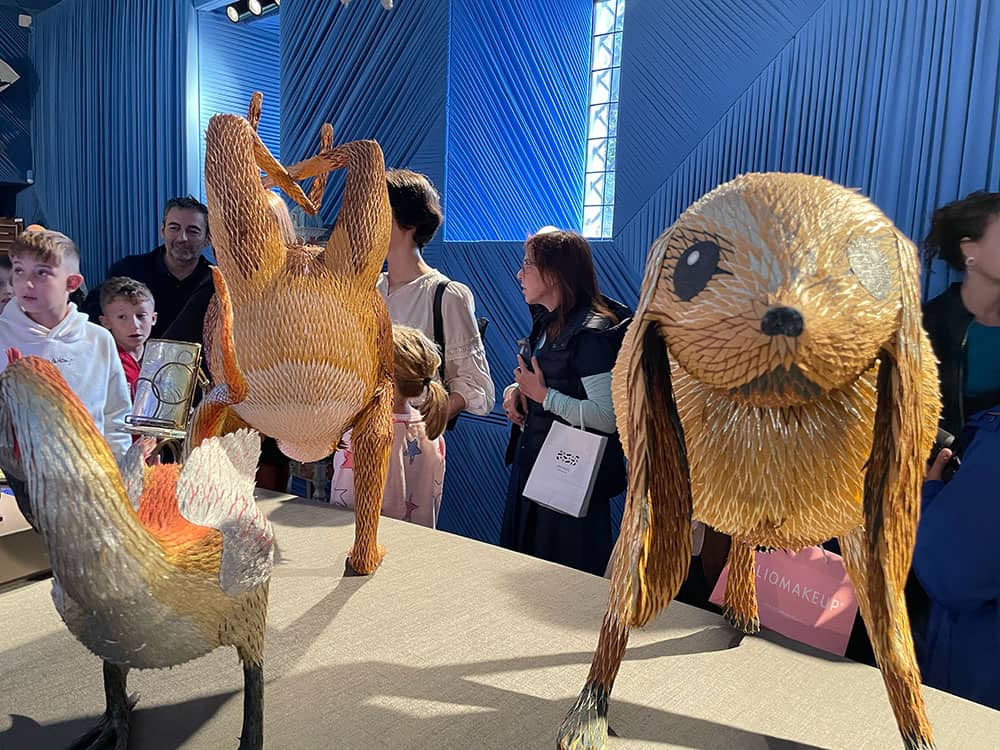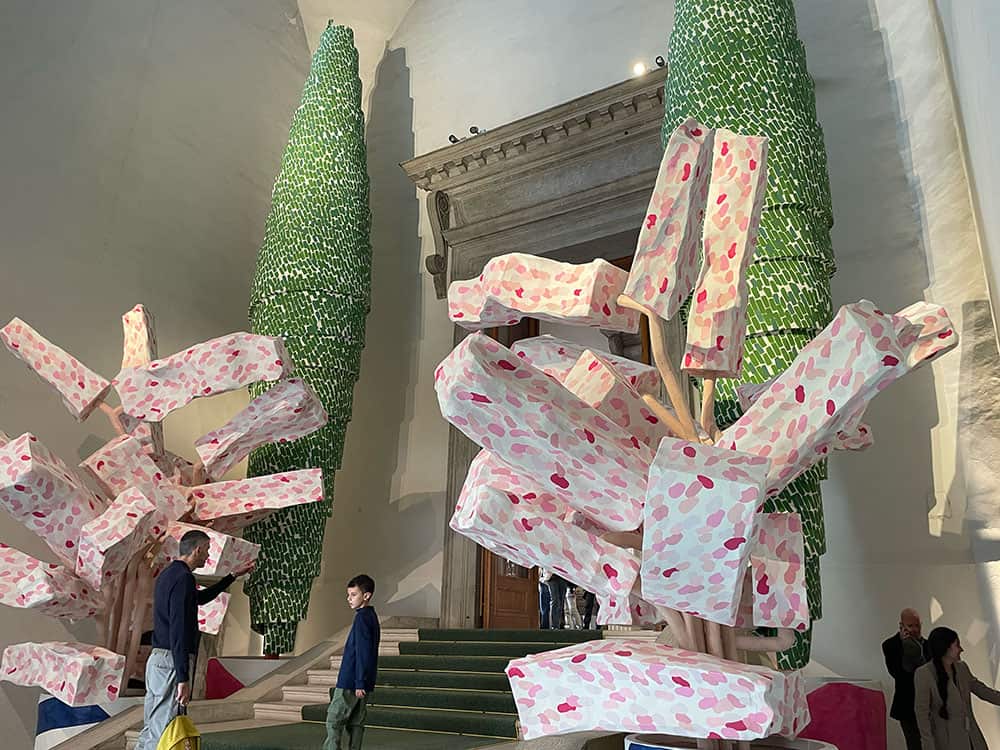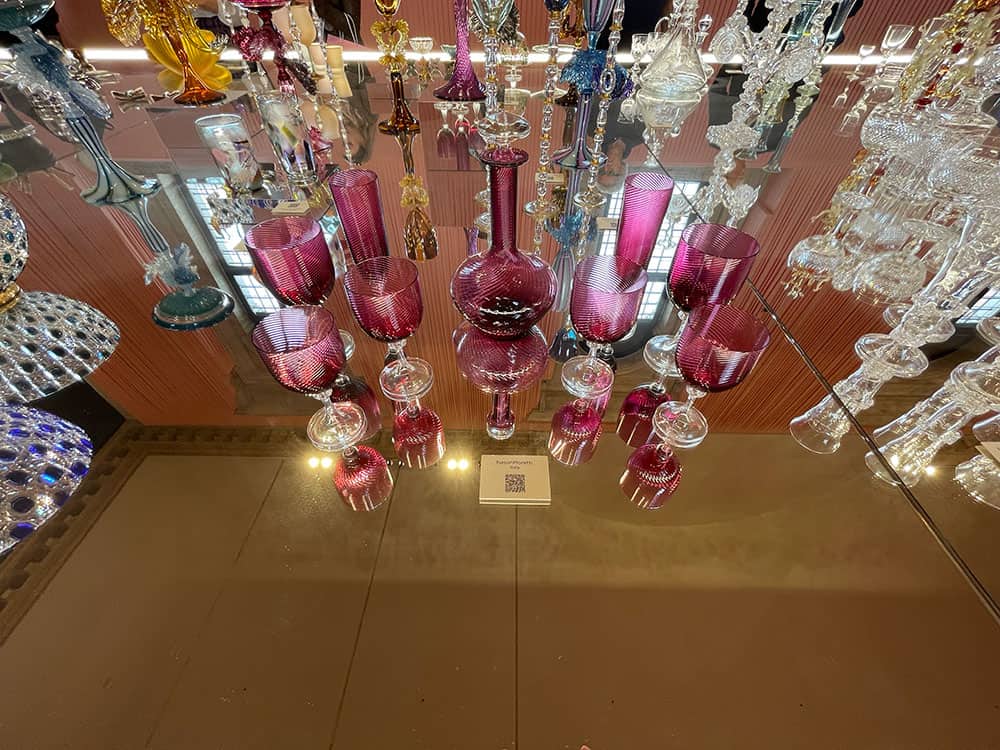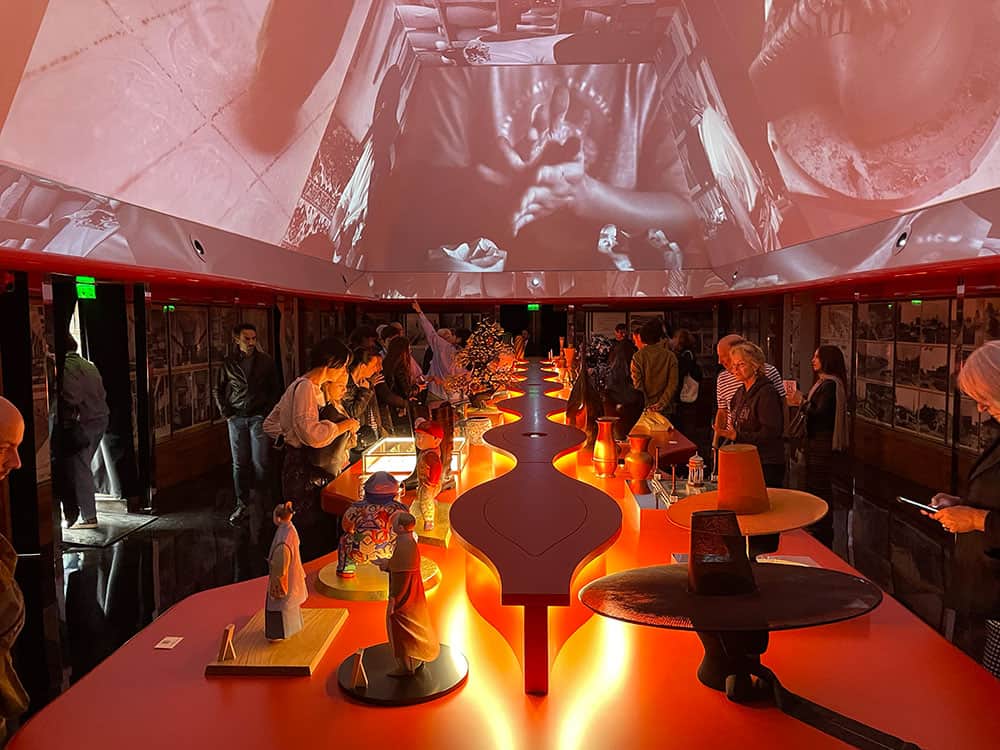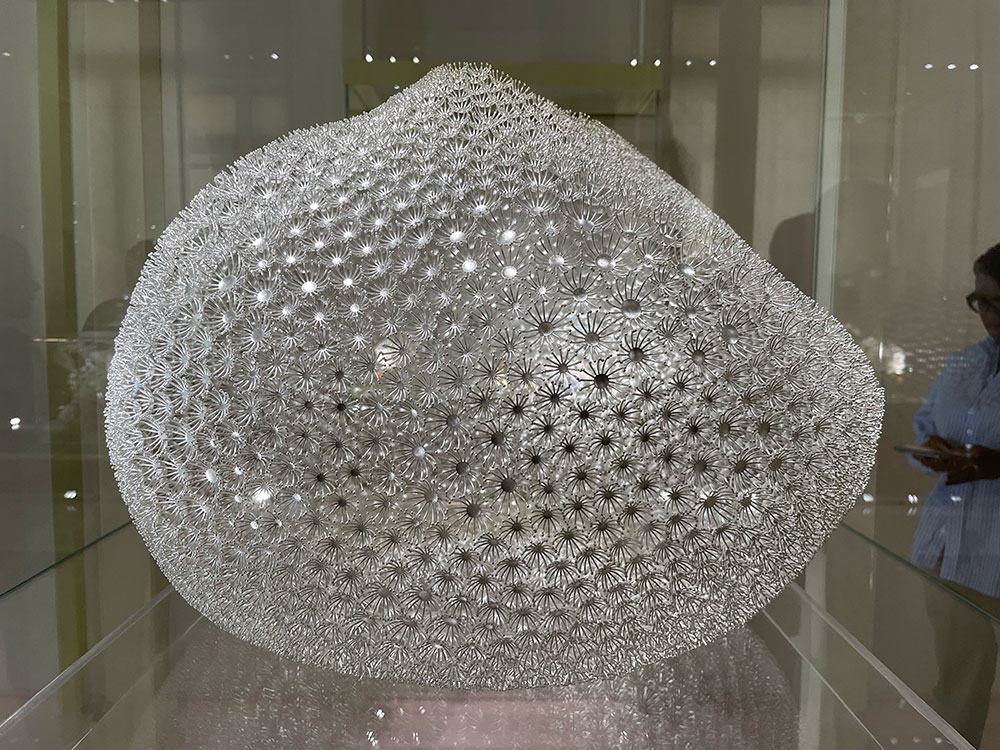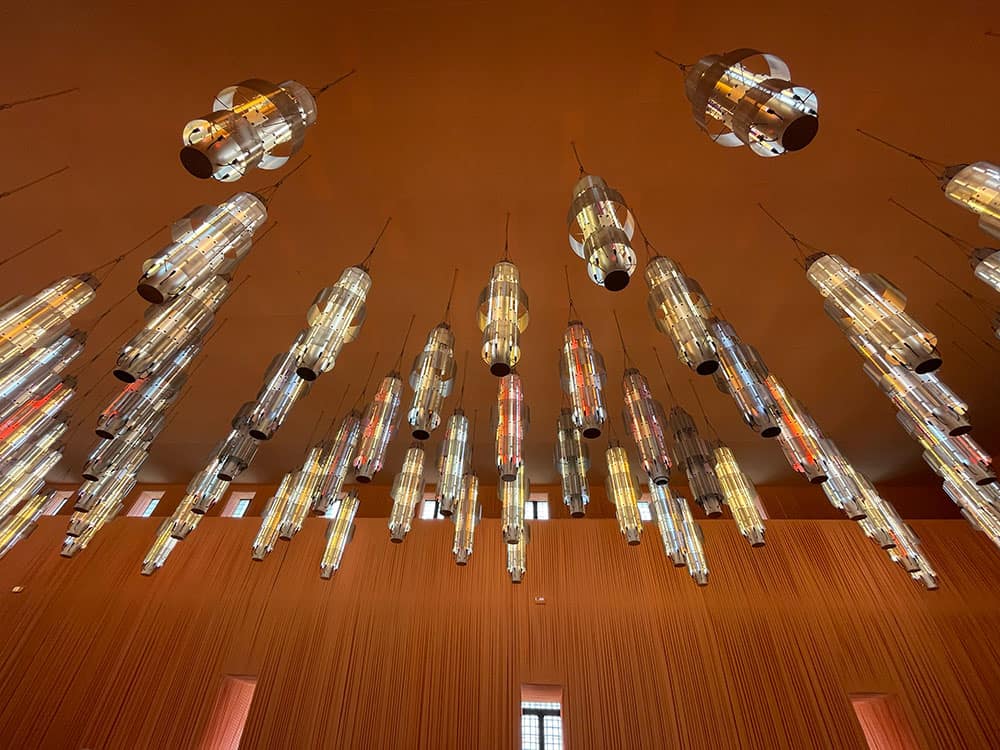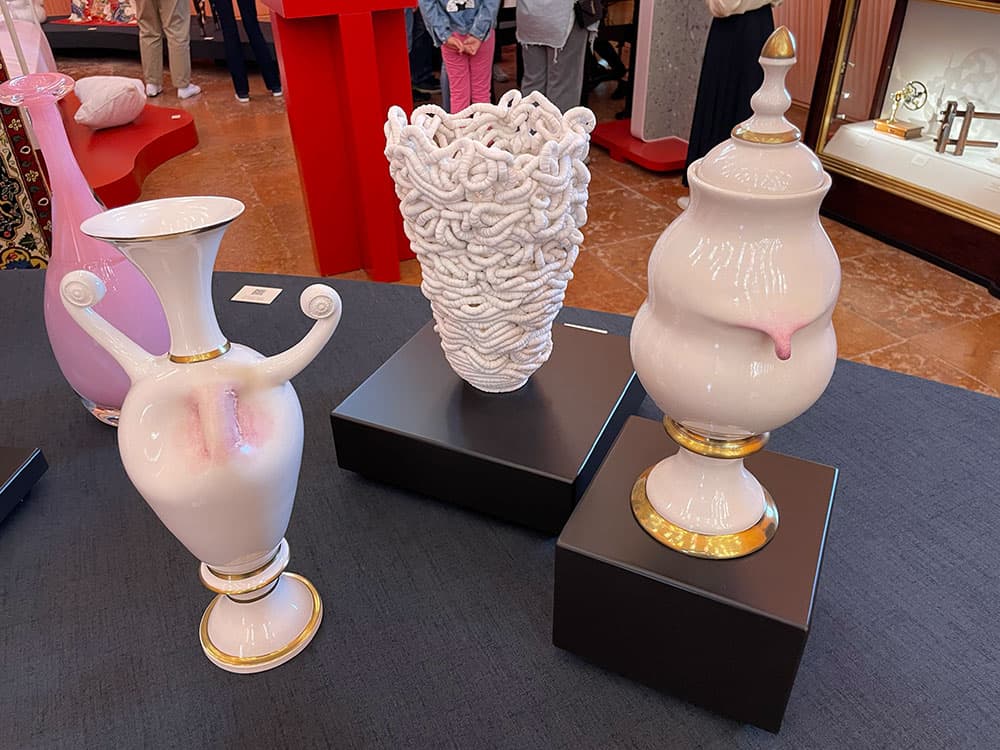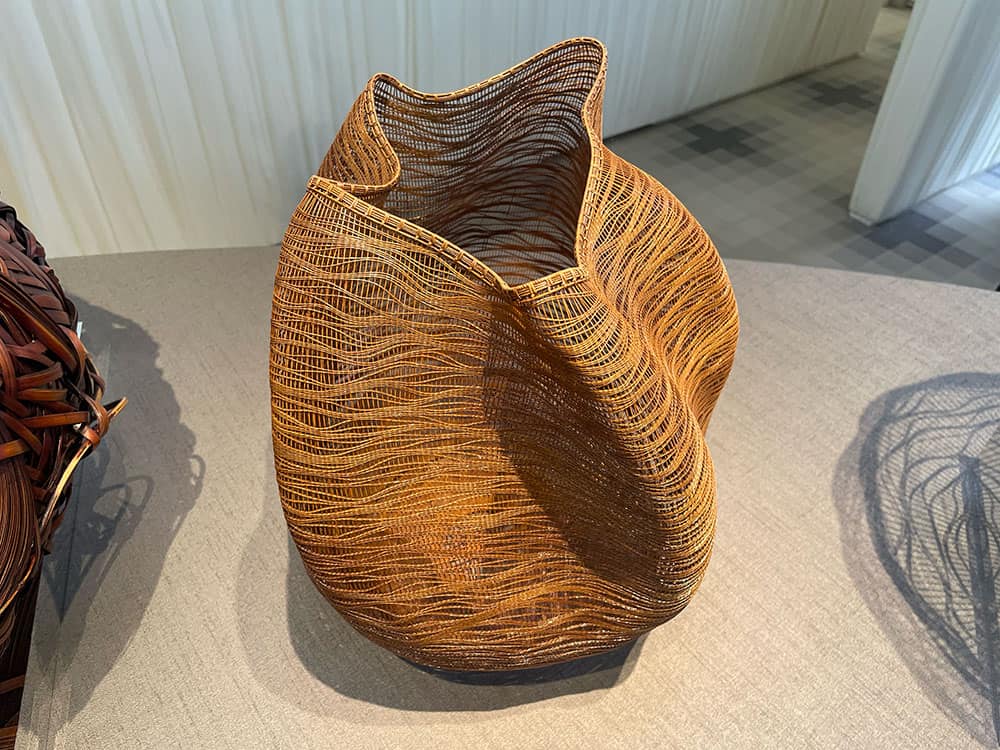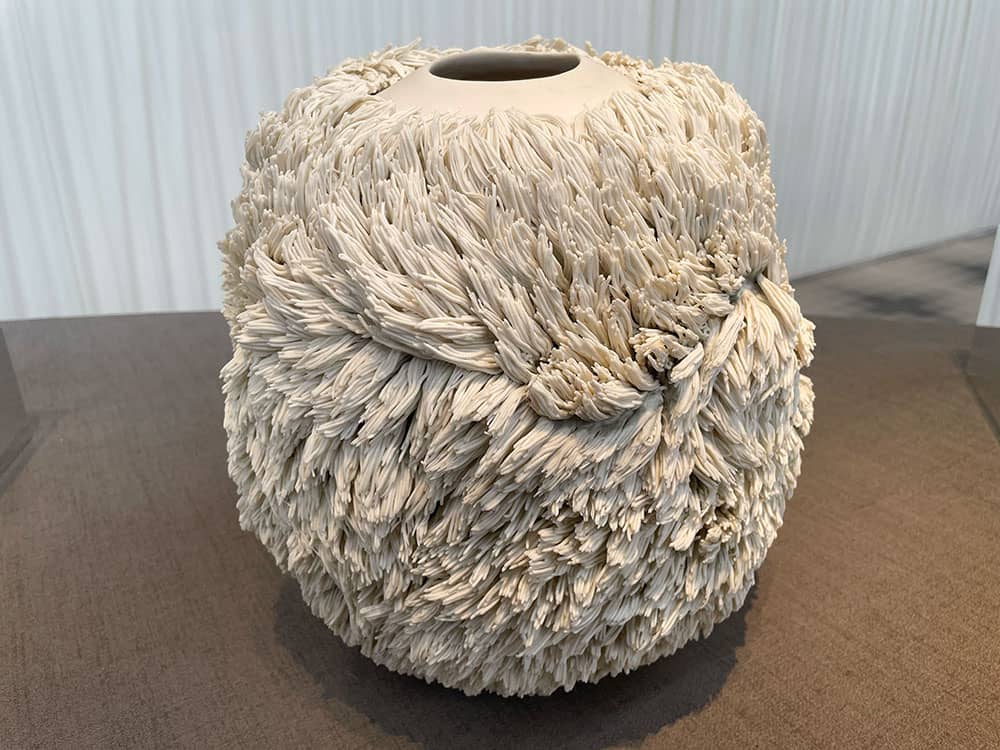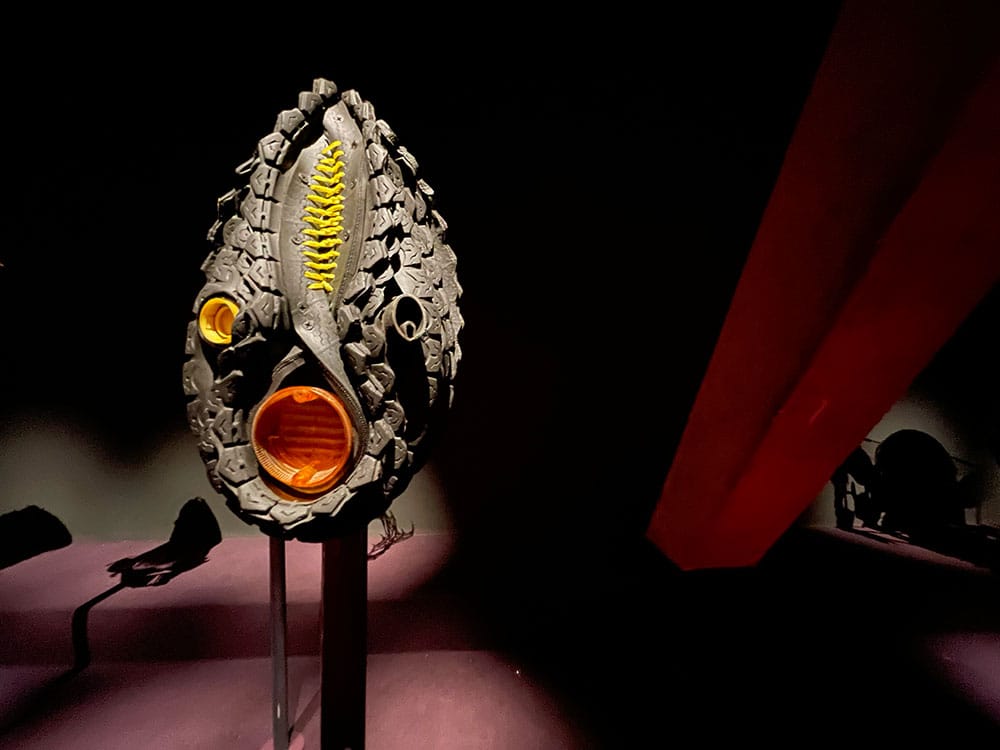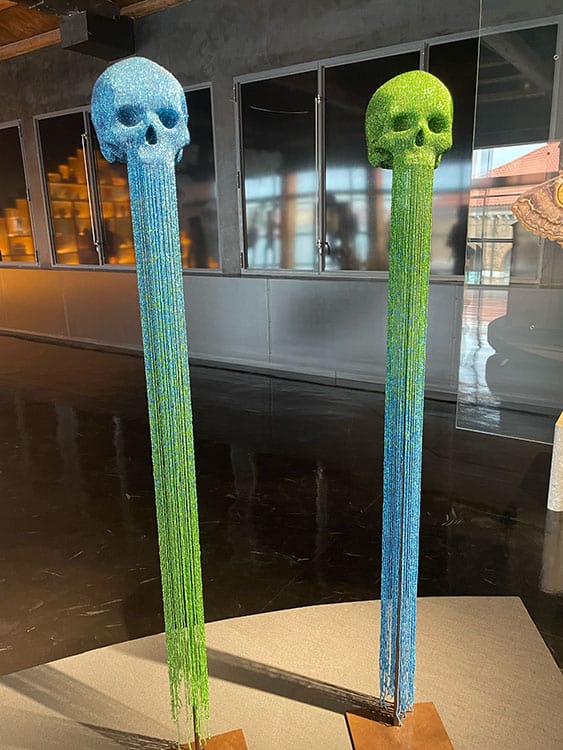We arrived a bit late, but fortunately in time to tell you about the third edition of Homo Faber. Crafting a more human future,” a major event on contemporary European artisanal excellence, an initiative by the Michelangelo Foundation for Creativity and Craftsmanship, in collaboration with Fondazione Cologni dei Mestieri d’Arte, Fondazione Giorgio Cini, Triennale di Milano, and Fondation Bettencourt Schueller.
Homo Faber is hosted by Fondazione Cini (4,000 sqm of exhibition space) from September 1st to 30th, 2024, located on the Island of San Giorgio, just a few minutes by waterbus from Piazza San Marco in Venice (transportation is included in the entrance ticket price).
We could describe this event as a tribute to contemporary craftsmanship, inviting visitors to reflect on the value of human mastery and creativity.
The art direction of this edition was entrusted to Luca Guadagnino (the director who recently presented his latest film “Queer” with Daniel Craig at the Venice Film Festival), in collaboration with architect Nicolò Rosmarini.
The theme around which the entire exhibit is built has an evocative title, “The Journey of Life”; indeed, the entire exhibition is divided into 10 different spaces representing as many moments in an individual’s life, where you can admire 800 artisan objects selected from 70 countries.
Upon arriving on the island, the first thing you’ll see in front of you is the facade of the Basilica of San Giorgio Maggiore, begun by Palladio and completed by Scamozzi, and with this welcome, you can begin your journey through the spaces of Fondazione Cini, a former Benedictine convent, skirting its hedge labyrinth, almost a preview of the themes you will be invited to reflect on.
The first space that welcomes you is the Cypress Cloister, which represents the theme of Birth, set up along its perimeter with a game of the goose or giocco delle oca (a traditional Italian board game), a metaphor for our destiny, and with its 60 beautifully embroidered panels by artisans from all over.
In the next room, dedicated to Childhood, we find an immersive installation that resembles a child’s room: on two large, almost haphazardly arranged tables, we find designer toys, reproductions of circus tents, miniatures of famous architectures, and a Noah’s Ark with all the animals, board games, bird-shaped piñatas, as well as pinball machines and colorful, surreal furniture.
This room, like the one immediately following, dedicated to the theme of Celebration, is draped in soft pleated fabric, referencing a setup designed in 1953 by architect Carlo Scarpa for the Antonello da Messina exhibition.
In this third area, entirely pink, we find a majestic banquet table gathering objects of all kinds, from the most imaginative table settings to papier-mâché food. On the large table are plates, glasses, made of glass and porcelain, and refined silverware. The entire setup is even more dreamlike thanks to the mirrored surface of the massive table, which doubles the visual effect.
I swear, I would have taken almost everything I saw home, and the rest, I would have at least wanted to touch!
Room number 4, titled Heritage, aims to illustrate tradition, whether familial or more broadly local, the knowledge passed directly from a blood relative or the last remaining master to a subsequent generation as a precious legacy. Here, we find objects resulting from ancient wisdom, brought from various parts of the world, while on the walls, author videos alternate, dedicated to the ten families of artisans presenting their creations displayed in the room: soap makers, ceramists, shoemakers, and stone inlayers.
The theme of Love is dedicated to two rooms, one titled Love-Courtship and the other Love-Union.
In the first, we see a selection of rare, fragile, colorful objects: glass flowers, gold and platinum, works in wax, glass, paper, recycled plastic, and diamonds. In this room, production scraps and precious metals coexist, as do silicone and gemstones, underscoring the value of beauty detached from the intrinsic value of the object.
In the Love-Union room, however, enormous, opulent, chaotic, disorienting as the feeling it describes, we find everything from independent artisans’ creations to workbenches of artisans from luxury maisons such as Buccellati and Vacheron Constantin, who are present and serious in white coats, kindly illustrating the manufacture of precious jewelry destined for a select clientele.
The Travel room presents globes crafted with ancient techniques, maps, compasses, and astronomical clocks, immersing the visitor in the intense smell of hay covering the walls. Inevitably, the sensory suggestion triggers memories of places and moments in life, while the Nature room, characterized by the chirping of birds, showcases objects that reveal how much humanity has drawn and continues to draw inspiration from it.
The Dream room is set in the former swimming pool of the Island of San Giorgio. Here, dozens of masks from around the world surround a pool of water from which over 30 faceless mannequins emerge, dressed in a couture collection by Alaïa. The dark, deep, evocative, and vaguely gloomy environment invites us to view each mask as the only presence in the dreamlike space capable of explaining what cannot be explained.
Almost at the end of the journey (and don’t skip anything because it’s impossible to retrace your steps), you’ll find the 9th room, Dialogue, dedicated to opportunities for encounters and exchanges: here, we can observe artisans engaged in completing their creations (and ask them questions) as well as objects representing fruitful collaborations between artisans and designers.
The final room, dedicated to the Afterlife, presents objects iconographically linked to death: coffins, urns, candles, and a large wooden boat ferrying loved ones to the other world. Even these artifacts are part of life and represent humanity’s effort to exist even in immateriality.
The exhibition concludes with this final room, but the initiative actually extends throughout Venice in workshops belonging to the Homo Faber Guide city circuit: print shops, glassmakers, jewelers, and many other activities selected as quality artisan workshops offer visitors their products in an interesting and guaranteed shopping experience.
This is no small thing in a city that, despite its incredible beauty, suffers from the ravages of excessive tourism and the impoverishment of a commercial offering solely aimed at it.
Homo Faber was a beautiful and enriching experience that we highly recommend. And if you can’t get a reservation for this edition, don’t miss the chance to do so for the next one.
One last suggestion: it’s important to remember that this event draws a large crowd, and to ensure a steady and controlled visitor flow, the organizers have decided to schedule access to the structure in slots, making reservations absolutely essential, which can easily be made online Homo Faber Tickets.
So, if you’re in Venice for the Art Biennale or for any of the thousand reasons to visit this extraordinary city, we recommend not missing this event.
Hands think!
Betti
Ticket cost: * Full price ticket: 16€ * Reduced ticket: 10€


